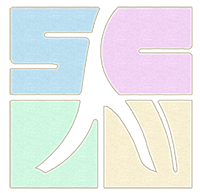
Abstract: Liang Kai was the greatest Chinese painter in the Song Dynasty at the turn of 12th century. Liang Kai boasted spectacular achievements in three painting branches: portraiture paintings, landscape paintings and bird-and-flower paintings. Also, Liang ushered in an era of freehand brushwork technique, acclaimed that “a fundamental change to the then style of Chinese painting took place from Liang Kai.” As a result, the tradition of line styling was replaced with multiple representation forms, thus enriching the painting techniques. Again, by combining the painting technique with the expression of emotions, Liang realized power and vividness in the painting. What is more, his influence was felt both in China and abroad since the Yuan Dynasty. The Japanese wash painting was an example of the influence. Most of Liang Kai’s works are now preserved in Japan. In modern times, Liang’s influence expanded further to Europe and the USA. In this sense, Liang belongs to the whole world. It is hence necessary to conduct an in-depth and comprehensive research on Liang Kai and his art. This is an essential component of revitalizing traditional cultures.
Key words: Liang Kai; conciseness, freehand brushwork; angle lining; innovation
Li Fushun is Professor of art history in School of Arts at Capital Normal University. He published hundreds of articles and 10 books in China, and several articles on cliff painting studies in Italy, France and Australia. The major project Beijing History of Fine Art which he was the director won the first prize best Beijing social science works and the second prize for academic works at institutions of higher education.